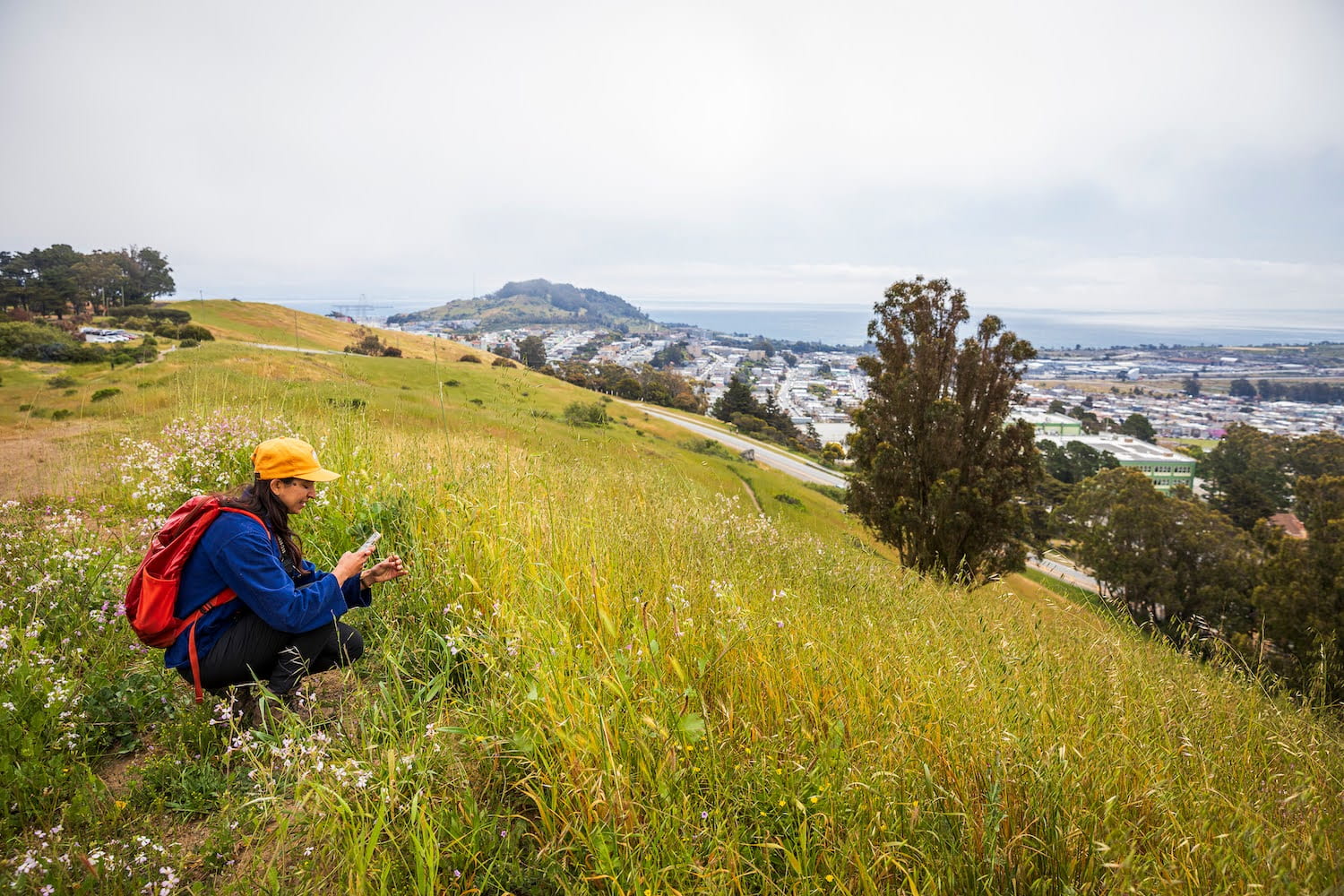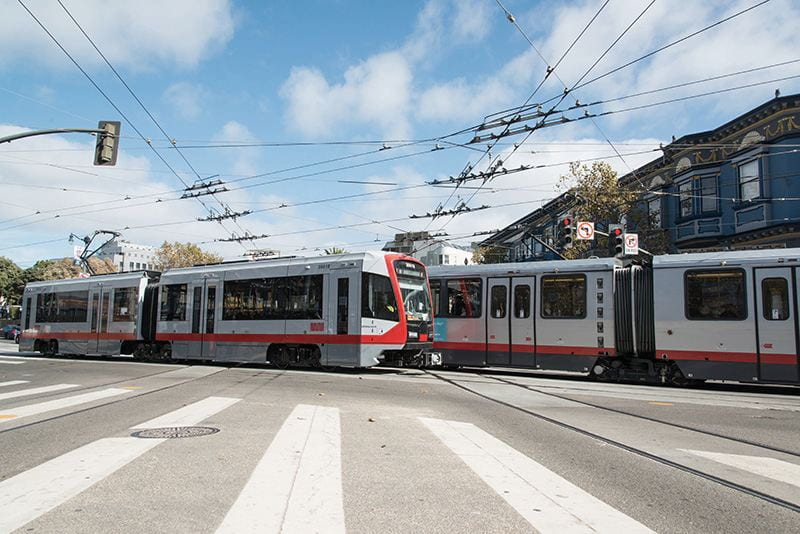Navigating the Future: BART’s Vital Role in the Bay Area

Public transportation has been an integral part of the Bay Area’s identity for decades, with the Bay Area Rapid Transit (BART) system standing as a testament to the region’s commitment to connectivity. BART, a linchpin in the Bay Area’s transportation network, has weathered numerous storms throughout its history. However, the current landscape presents unique challenges, marked by a decline in ridership and an increase in fares, both exacerbated by the lingering effects of the COVID-19 pandemic.
The pandemic dealt a severe blow to BART, with ridership plummeting to unprecedented levels. Statistics from the fourth quarter of 2020 reveal a stark reality – empty train cars and deserted platforms became the norm. The financial stability of BART, intricately tied to ridership numbers, took a hit. It’s crucial to recognize, though, that BART’s struggles are not isolated; they echo a broader trend affecting public transportation systems worldwide.
Compounding BART’s challenges are recent fare increases, sparking concern among commuters. A comparative analysis with other public transportation systems across the country illustrates the delicate balance between affordability and sustainability. The need for sustainable funding models becomes evident; fare increases alone cannot bear the weight of maintaining and improving the BART system.
Amidst the challenges, BART boasts unparalleled geographical accessibility within the Bay Area. Its extensive coverage and convenience distinguish it from other transit systems, providing a silver lining. BART not only facilitates daily commutes but also plays a pivotal role in reducing traffic congestion and contributing to environmental sustainability.
The economic benefits of a robust public transportation system extend beyond individual fares. BART serves as a lifeline connecting communities and fostering social interactions. Beyond the human aspect, there’s a positive impact on reducing the carbon footprint, addressing climate change, and positioning the Bay Area as a beacon of sustainable urban living.
Proposing solutions becomes imperative to securing BART’s future. Marketing and awareness campaigns can rekindle interest, while collaborations with local businesses for commuter benefits offer tangible incentives. Simultaneously, advocating for government support and sustainable funding models is crucial. Community involvement, through feedback and support, forms the bedrock of BART’s resilience.
Cities worldwide have revitalized their public transportation systems successfully, offering hope for BART’s future. Recent positive developments, coupled with ongoing improvements in BART’s infrastructure, signify a commitment to growth and enhancement. Optimism stems from the potential for BART to not just survive but thrive in the face of adversity.
In recapitulating the challenges faced by BART, it’s paramount to reiterate the importance of public transportation for the Bay Area’s present and future. As we navigate these challenges, the call to action is clear – support and utilize BART. It’s more than a mode of transport; it’s a commitment to a sustainable, connected, and vibrant Bay Area. By rallying behind BART, we ensure that its tracks remain the arteries pumping life into the heart of the region’s urban landscape.
Sources
American Public Transportation Association. (2021). Public Transportation Ridership Report – Fourth Quarter 2020.
Bay Area Rapid Transit. (2022). Official BART Website – News and Updates.
Transportation Research Board. (2019). Economic Impact of Public Transportation Investment.
Metropolitan Transportation Commission. (2022). Bay Area’s Regional Transportation Plan.
The Guardian. (2022). “How the World’s Cities Are Coping with Coronavirus Lockdowns.


